NFTs In Terms of Intellectual Property Law
Introduction
The right to property, which is one of the concepts and values underlying the liberal economic and legal system, regulates the ownership relationship between the person and goods. The scope of the term “goods,” which is the subject of the concept of property, expanded in the 17th century with the increased production of intellectual property which occurred along with developments in technology. Thus, the concept of intellectual property was born.
Today, intellectual property refers to the property right of people to all kinds of intellectual output. Intellectual activity is sufficient for the existence of this right, and there is no need for it to take on a material form, such as a book, or to be registered in a registry, as with trademarks. The fact that intellectual property can exist without the need for any registration creates difficulties in preventing infringements against intellectual property and proving ownership. Because people do not have to register their intellectual output in order to establish a property right to their intellectual products, it is not easy to prove that a particular person is the first to produce the idea or work, in the case of any alleged theft of those ideas and works. In national and international practice, people have used a wide variety of methods to prove that they are the owners of their intellectual products. Notary registration, sending e-mails, keeping an electronic record, creating a time stamp, reporting the work to professional associations are the leading ones, and each of them can be considered valid in terms of evidence law.
NFTs and the Their Evidence Function for Intellectual Property Ownership
Non-Fungible Tokens – better known as NFTs – have begun to radically change many transactions in our lives. One of the areas where this radical change is most intense is in digital artwork and proof functions. As a matter of fact, since, NFTs work on the blockchain and cannot be copied or reproduced, they reveal ownership with high reliability. The creation of digital artwork or an intellectual product in the digital environment as an NFT gives it an unalterable and non-replicable digital identity and gives its owner an extremely powerful evidentiary tool. NFTs have created such strong confidence in the markets that many digital artworks are traded as NFTs today. In fact, Mike Winkelmann (better known as “Beeple”) created an NFT piece called “Everydays: The First 5000 Days” which was sold for a remarkable $69.3 Million.
The strong presence of NFTs in the digital world has increased the interest in them. NFT's proof function is limited to the asset placed in it. Therefore, what exactly the purchased NFT represents should be carefully examined. Sometimes, an NFT may include a limited use or license of a work, rather than the whole thing. In this case, the power of proof of ownership of the NFT will be limited only to the asset contained therein.
Impact of Transfer of NFTs on Intellectual Property
NFTs simply serve to attest to the asset that represents it. Therefore, giving an NFT a transfer of rights function beyond the proof function, depending on the transfer, may cause some legal problems. Law No. 5846 on Intellectual and Artistic Works (“LIAW”) states that the person who created an intellectual work will be the owner of the work and stipulates that the owner of the material and moral rights related to a work will also be the owner of the work. Articles 17 and 18 of the LIAW distinguish between a product in which the work is physically (or digitally) embodied and the financial and moral rights of intellectual property. Indeed, when an oil painting is sold, the buyer takes over many rights regarding the painting, but the artist still has the right to use the original painting, and the owner will not be able to falsify or change the painting. To give another example, a book purchased from a bookstore will not transfer rights to that literary work to the owner of the book. Just like in these examples, it is a matter of debate about which rights are included in the transfer of NFTs.
NFTs basically contains three elements. These are metadata, a unique identifier, and code. This code is also known as a “smart contract.” The nature and scope of the asset represented by an NFT are hidden within the code. A smart contract should always be carefully examined in order to determine which rights the transfer of an NFT covers, because it is difficult to say that each NFT represents the whole work itself (beyond the asset placed in the NFT). As some NFTs involve limited use of the artifact, the transferee is also subject to these limits. Or, if the work that is the subject of NFT is “off-chain” (a work that is not on a blockchain), it is difficult to say that NFT covers the copyrights of this work and that its transfer will mean the transfer of the copyrights of the work.
If an NFT has been created for a work that is off-chain by someone who is not actually a right holder, the transfer of this NFT will not mean the transfer of the relevant intellectual property, nor will it gain copyrights. In this context, the NFT will only be the assurance of the uniqueness of the smart contract that it contains. Apart from this, it does not have the power to establish a legal right that does not exist.
Conclusion
Thanks to their unique and non-reproducible structures, NFTs are highly functional tools in terms of preventing the copying of the smart contracts they contain and proving their existence. However, it is inevitable that the fact that intellectual property does not have to be registered will exacerbate the difficulties experienced in proving ownership. Especially since there is no legal form requirement for proof of ownership, coding intellectual productions on a blockchain and turning them into NFTs will also be accepted by the courts. However, one should not expect NFT to solve all the problems of intellectual property and copyright apart from its function of proving ownership. As a matter of fact, NFTs only attest to the uniqueness of the smart contract in its content, and if this smart contract contains a restriction on copyright, or if the NFT was actually created by non-authors, or if we are talking about an off-chain non-digital work, then an NFT's transfer of the relevant work is immaterial and the transfer of moral rights will not be possible.
All rights of this article are reserved. This article may not be used, reproduced, copied, published, distributed, or otherwise disseminated without quotation or Erdem & Erdem Law Firm's written consent. Any content created without citing the resource or Erdem & Erdem Law Firm’s written consent is regularly tracked, and legal action will be taken in case of violation.
Other Contents
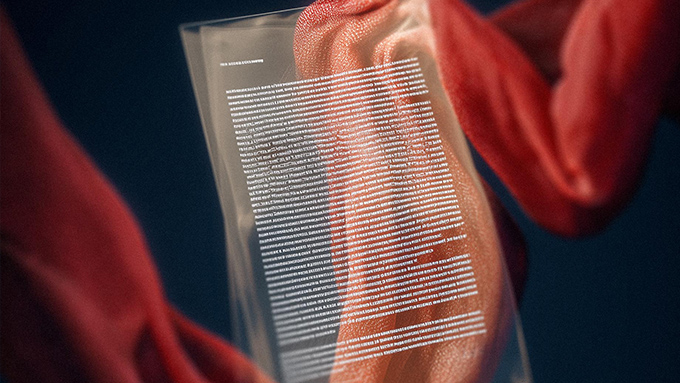
The Law on Intellectual and Artistic Works No. 5846 (“LIAW”) conditions the recognition of an intellectual product as a “work” (eser) under the LIAW—and thus its protection—on two fundamental criteria: the intellectual product must fall within one of the categories of works explicitly enumerated in the LIAW and bear...
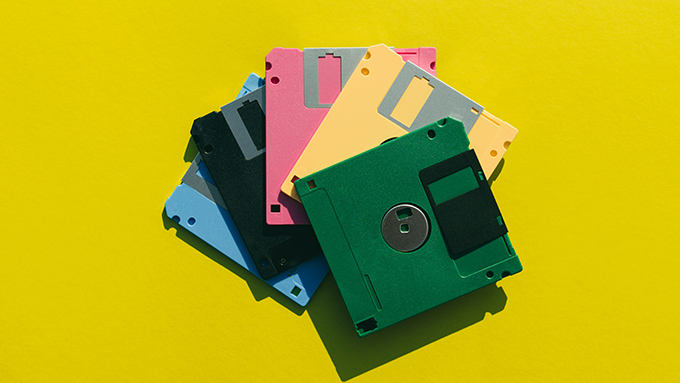
Although trademark protection grants the proprietor strong and exclusive rights, its continuation is contingent upon the trademark being genuinely and functionally used in commercial life. Article 9 of the Industrial Property Code No. 6769 (“IPC”) authorizes the cancellation of a registered trademark where…

In today's competitive business environment, the protection of trademarks plays a vital role in maintaining the competitive advantage of businesses and ensuring consumer trust. In this context, the protection of well-known trademarks is of particular importance in preserving the commercial value and reputation of...
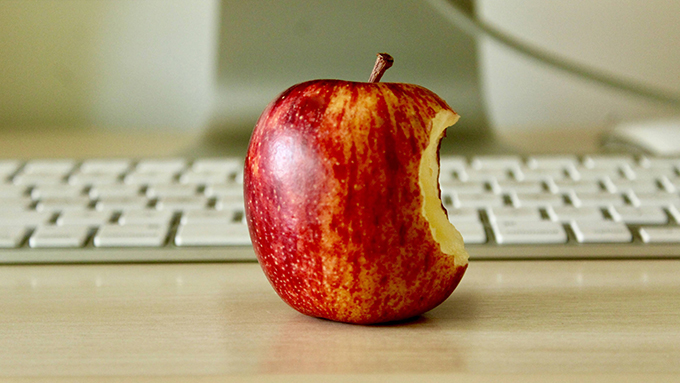
It is observed that there are changes in the legislation and judicial decisions as to whether the use of a previously registered trademark or a trademark for which a registration application has been filed can be considered as trademark infringement by third parties by using the trademark as a trade name...

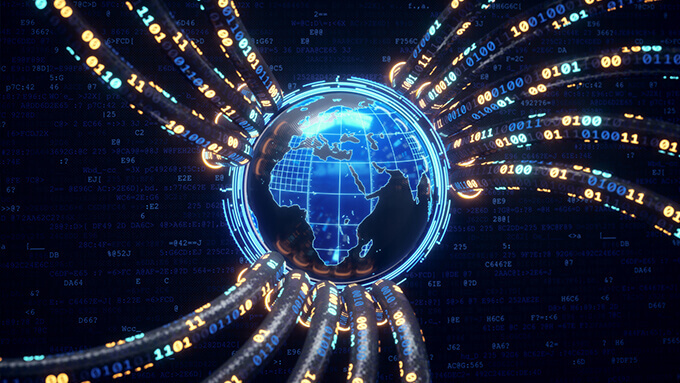
Today, the globalization of economic activities leads to the transfer of numerous personal data internationally during the daily operations of companies. Therefore, like many national and international data legislations, Law No. 6698 on the Protection of Personal Data (“PDPL” or “Law”) includes protective...

The relationship between the author and the product of their creative activity is protected by moral rights. The moral rights of the author set out in the Intellectual and Artistic Works Act numbered 5846 (“IAWA”) include the authority to disclose the work to the public, the authority to designate the name...
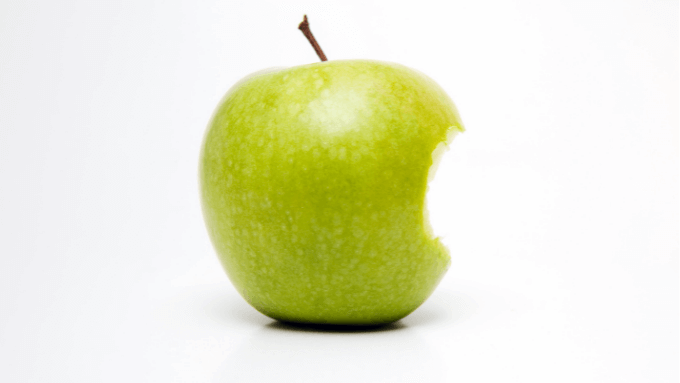
The Court of Cassation has evaluated the criteria related to the similarity of the trademark in all of these decisions, and while showing how the criteria will be applied, it has also helped to determine the boundaries of the term “likelihood of confusion”. In this article, four different 2022 decisions...
















